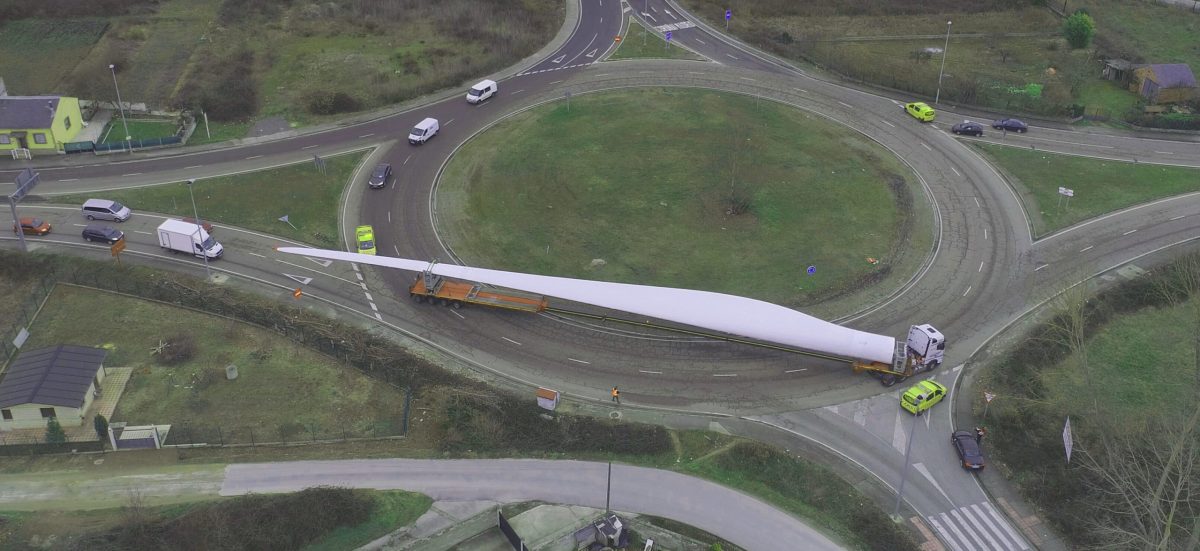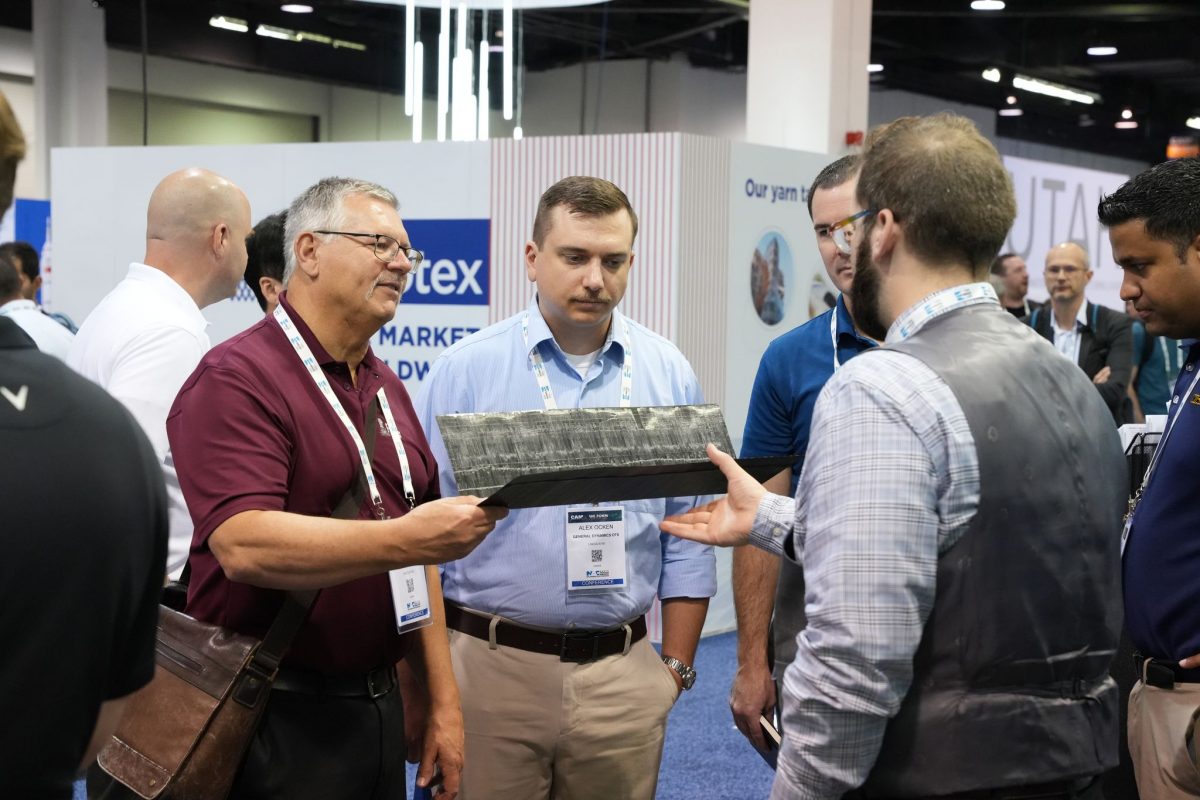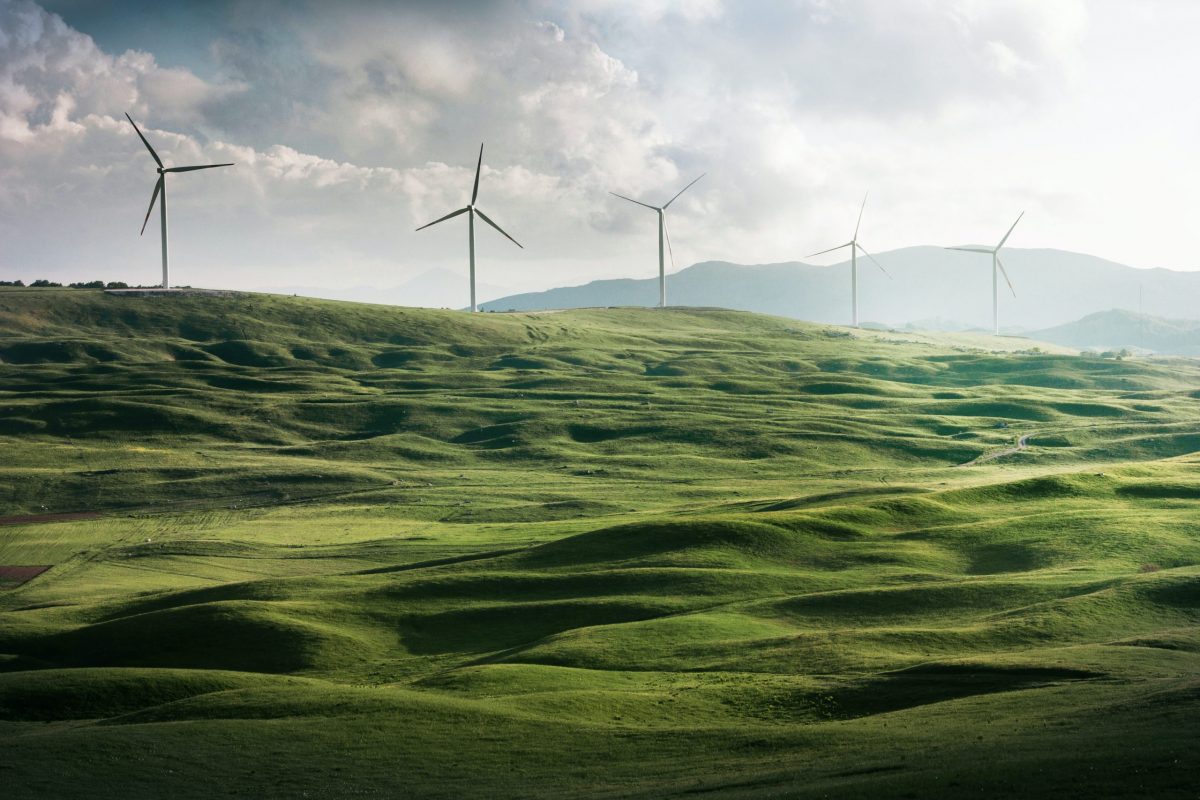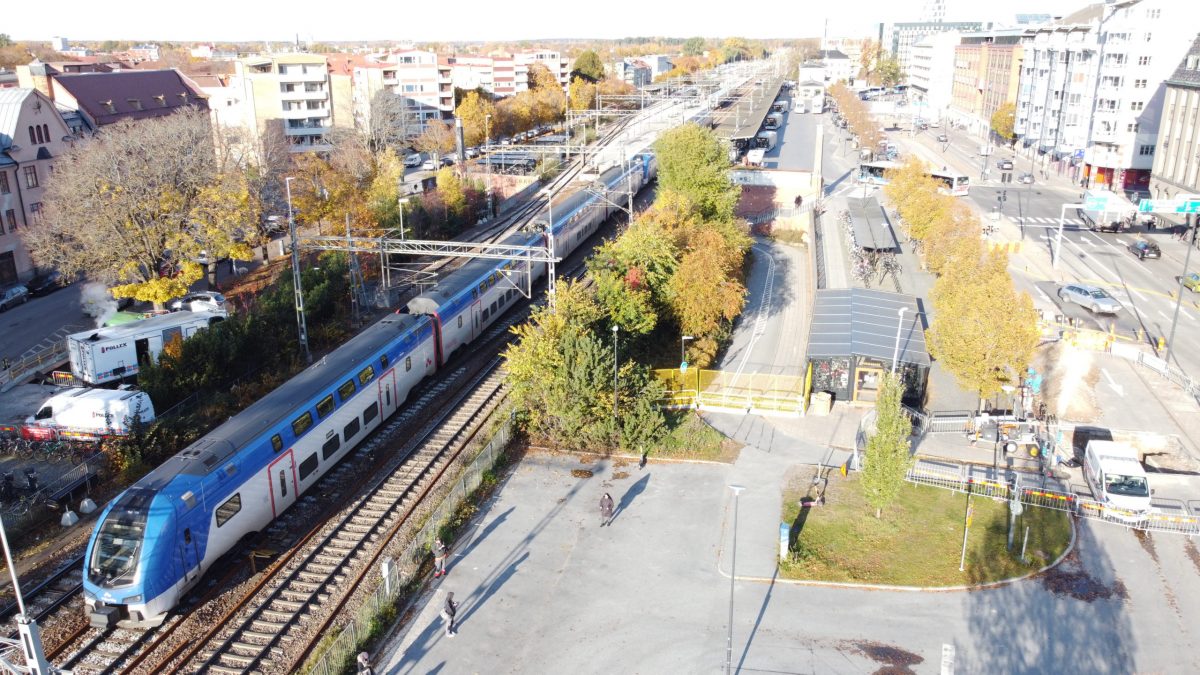
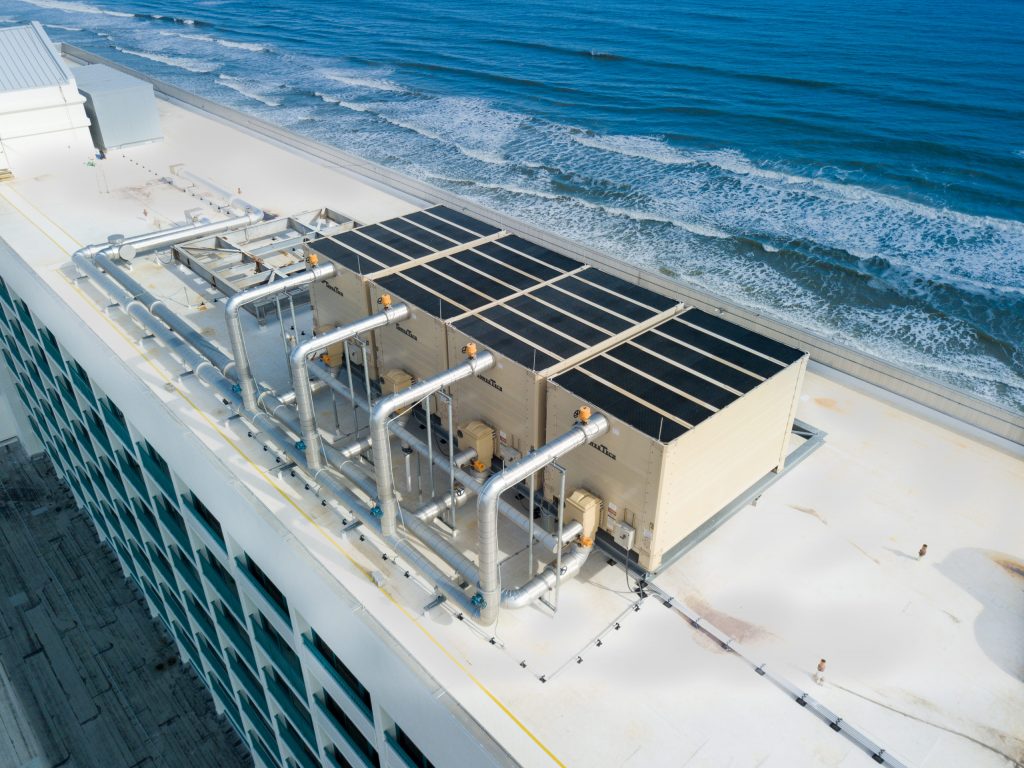
Pulling Power
Industry leaders, customers, OEMs and suppliers will gather at the North American Pultrusion Conference in Chicago in May to learn about the latest trends in pultrusion technology. In advance of the conference, Composites Manufacturing presents projects in four market segments highlighting the durability and versatility of pultruded products.
Delivering Safety and Storage
Market: Automotive
Application: Seatbacks
When Toyota sought greater functionality in the seats of its Tundra full-size pickup truck, the automotive manufacturer turned to pultruded composites. The 2022 Tundra is the first interior application using L&L Products’ Continuous Composite Systems™ (CCS) technology with Elastocoat®, BASF’s polyurethane resin system for pultrusion.
CCS is a fiber-reinforced composite carrier with highly engineered sealants and adhesives in a two-dimensional profile. It was overmolded with BASF’s Ultramid® B3ZG7 CR, an impact-modified polyamide 6 (PA6), to create the 3D shape of the 60% seatback. Flex-N-Gate manufactured the seatback, as well as other components for the seating system.
“The seatback had to be thin so Toyota could put storage behind it,” says Hank Richardson, product engineering manager for L&L Products in Romeo, Mich. “We could have made a molded seatback out of nylon that would probably have met the criteria, however it would have been twice as thick because of all the load-carrying requirements.”
The seating system features four composite components – two seatbacks and two seat bottoms – compared to the previous all-steel assembly, which contained 60 stamped and welded parts. The seatback is a complicated mold assembly: All nine of its elements, which include the pultruded profile, steel threaded fasteners and seat anchors, are robotically inserted into the die, then overmolded with the PA6. The in-mold processing reduces scrap, which provides a huge savings for Toyota.
“At the end of the cycle, we were able to achieve a nice, thin seat with storage space below and behind it,” says Richardson. “It met all the criteria, and it was 20% lighter than the metal seatback.” It also was 20% less expensive.
“In automotive, you often talk about how much somebody would pay for a reduced weight per kilo. In this case, it was an overall cost savings as well,” says Richardson.
Convincing Toyota to incorporate pultruded composites in its seatback wasn’t difficult, he says. The OEM had previously used molded seats with fiber and glass-mat reinforced polyamide compounds from BASF in the folding third-row seats on the 2021 Sienna minivan. However, the Tundra had different load requirements.
“We were able to showcase what pultrusion could do – that it’s lighter weight and carries more load than aluminum,” says Richardson. “It wasn’t hard to lead Toyota down the path.”
The project required close collaboration among suppliers to achieve success, especially during the design and simulation phase. All the materials that go into the seatback – GFRP, steel and nylon – have different properties and reactions upon molding.
“The challenges go beyond modeling the part to carry all the loads,” says Richardson. “How do you create the die design to produce a flat seatback that’s the same every time? There was a ton of work in simulating the mold flow to get to the end result.”
While this was L&L Products’ first project with Toyota, the company has provided CCS components to other automotive manufacturers. For instance, it created a cross member for the Ford F-150® Lightning™ all-electric pickup truck. The cross member is the first body-in-white application for CCS featuring BASF’s Elastocoat resin.
Richardson envisions multiple opportunities for pultruded composites in the automotive market – particularly on battery-electric vehicles.
“There are applications where you are trying either to protect the batteries and you need crash load transfer type parts or you are trying to protect the electric drive motors and high voltage systems,” he says. “I get excited when people ask me where the limit is for applications. I don’t think there is one.”
Carrying a Heavy Load
Market: Construction
Application: Generator Access Platforms
In 2020, at the height of supply chain issues and rising steel prices, a data center in California faced difficulties sourcing galvanized steel materials for a planned exterior generator access platform. With construction schedules looming, the company contracted Frost Engineering & Consulting to provide a pultruded composite alternative.
“We were able to re-evaluate, re-detail, fabricate and install the platform prior to when the first shipment of steel was scheduled to arrive onsite,” says Jake Althouse, PE, structural project manager with Frost.
The two-story, 7,000-square-foot GFRP platform provided other advantages aside from meeting construction deadlines. Unlike galvanized steel, GFRP is non-corrosive, non-conductive and lightweight. It’s easy to maintain and doesn’t require grounding or equipment to erect. Given the project’s resounding success, when the data center owner required a second access platform last year, it opted for pultruded FRP from the outset.
“The first structure was just for maintenance personnel to reach equipment. The 2022 project was designed to support small forklift traffic, which presented unique challenges for the design team,” says Althouse. The weight of the equipment, operator and payload totaled nearly two tons per lift.
The decked area of the more recent one-story platform is approximately 8,000 square feet. The platform framing is made from pultruded GFRP, including the structural members (beams, columns, braces), handrails, stair assemblies and railings. To help support forklift traffic, a large portion of the deck is steel bar grating. The platform weighs 75 tons, with all the FRP components accounting for half the total weight and the steel grating the other half.
One of the main design considerations was supporting the concentrated load – the force applied at any single point in the structure – generated by the equipment navigating the platform. In addition to supporting the gravity loading, Frost also reviewed the impact of lateral loads induced by the equipment in a situation in which the brakes were applied very rapidly.
“We had to justify what we expected the concentrated load to be, then go through the rigorous process of showing that pultruded FRP could adequately support the concentrated loading at any point it might exist,” says Althouse.
Another key design challenge – prying action – can elevate the tensile force between beams, columns and the bolts holding them together. “The current standard for pultruded products – the LRFD pre-standard published in 2010 – has a statement that prying forces need to be considered, but there is currently no guidance on how it should be addressed,” says Althouse. “We explored all available research in other materials, then used that information in conjunction with our understanding of FRP and other orthotropic materials to meld the two into a best practice.”
Frost collaborated with a pultruder to design and experimentally validate a custom beam profile for the platform – a heavy-duty 18-inch-deep, 8-inch-wide I-shape – to support the project’s longest span of 26 feet.
“Historically, these supplemental access structures don’t seem to get as much attention as the main facilities they support. A great deal of coordination has to happen between many different trades to ensure all of the project needs are met,” says Althouse. “Ultimately, these structures require careful consideration too.”
Keeping It Cool
Market: Industrial
Application: Cooling Towers
Mathu Solo, president of Tower Tech in Oklahoma City, calls the company an American success story. Founder Harold Curtis graduated from high school and began working as a field laborer in cooling tower service, repair and rebuilds. Cooling towers are a simple, but critical, piece of equipment that serve as a heat exchanger. Hot water comes into the tower from an industrial process, mixes with air to lower the temperature, then the cold water circulates back into the industrial process.
“Our founder soon realized that all the problems with cooling towers, no matter who manufactured them, had the same main issue – the construction materials,” says Solo. In the late 1980s, most cooling towers were made from wood, which degraded over time. So, Curtis set out to design a better tower. In 1992, Tower Tech marketed the first GFRP cooling tower made via hand lay-up.
“FRP was non-corrosive, but hand lay-up was very time-consuming and we couldn’t maintain strict tolerances, which are critical to create a complete wet-dry barrier,” says Solo. “To grow our business and increase production capacity, we had to be a lot more efficient.”
The company considered several other manufacturing processes, including vacuum infusion and rotational molding, and moved to pultrusion in 1994 because of the strength and durability the process provides. In the early 2000s, Creative Composites Group (CCG) became its sole provider of pultruded profiles. Creative Pultrusions, a subsidiary of CCG’s holding company, purchased Tower Tech in 2017.
All of the structural components of the cooling towers are made from GFRP, while the motor, fan supports and fasteners are stainless steel. Some components, such as top and corner caps, are molded. There are seven custom pultruded profiles, including a 12 x 12-foot box to house the fans and a bottom basin panel with a channel for water to run through. In addition, the cooling towers incorporate four standard shapes internally for mounting brackets, dividers and structural bracing.
“Cooling towers typically operate outside, so they have to be certified for structural, wind and seismic loads,” says Solo. “It was critical to have the strongest components possible.” The components also need to be corrosion and UV resistant. The ply layout for the pultruded shapes consists of a 10-mil polyester surface veil, continuous filament mat, stitched fabrics and unidirectional fiber.
Collaboration between Tower Tech and CCG is vital.
“We are a cooling tower company, not a fiberglass company,” says Solo. “It’s been beneficial having a partner that is always ahead of what’s going on in the industry and looking at new technologies to improve their processes.” For instance, CCG and Tower Tech collaborated on storm-hardening technology, developing StrongStorm® modular cooling towers rated for 200 mph winds.
With more than 5,000 installations worldwide, Tower Tech is the only company of its size to offer pultruded cooling towers, says Solo. That puts it in a good position in a market valued at $3.82 billion in 2021, according to a report by Fortune Business Insights. The report predicts the cooling tower market will grow to $5.29 billion by 2029.
“We are without a doubt the most advanced product on the market, and we don’t sell on price,” says Solo. “We sell on the added value of our FRP design, and the payback in terms of operational savings. That’s where our success story starts.”
Enabling Energy Efficiency
Market: Architecture
Application: Curtainwalls
Vaisala, a Finnish company specializing in industrial measurement equipment, opened a 38,000-square-foot North American headquarters in Louisville, Colo., in 2020. Designed by OZ Architecture, the cross-laminated, timber hybrid structure is designed for net-zero functionality. Curtainwalls featuring pultruded composite pressure plates help contribute to the company’s energy efficiency objectives.
The two-story building includes more than 3,400 square feet of curtainwall enclosing a daylit atrium and reception area. The curtainwall uses a 2.5-inch-wide profile system that integrates Deceuninck’s Innergy AP® thermal pressure plates, which were customized by its customer Tubelite Inc for Vaisala. Combined with warm edge spacers, the GFRP thermal pressure plates achieve a system U-Factor of 0.32 and 7,500K psi flexural modulus. (U-Factor refers to the energy efficiency of window systems, with lower U-Factors providing better insulation.)
Deceuninck North America’s main line of business is PVC extrusion. A decade ago, the company began designing a window system with an eye on energy performance requirements.
“With PVC window and door systems, metal reinforcements are commonly used inside certain system parts to add strength, and this metal naturally short circuits the thermal performance,” says Greg Koch, vice president of sales and marketing for Deceuninck North America in Monroe, Ohio. “We started looking at options to replace the metal reinforcement, and our team came up with a fiber-reinforced polymer material that is almost as strong as aluminum and has the thermal properties of glass.”
The company markets its thermal reinforcements under the brand name Innergy – a combination of ‘in’ (inside products) and ‘energy.’ A few years ago, Deceuninck branched into other building envelope products, including thermal pressure plates for curtain walls and Z-girts, calling the product line Innergy AP – architectural products.
Manufacturing thermal pressure plates was challenging at the outset.
“This is a really dynamic material. Even though it’s made from polyurethane, it’s 80% glass fiber,” says Koch. “And processing glass is very abrasive.” Deceuninck designs proprietary pultrusion tools and processes to overcome the abrasion.
Koch says composites are gaining traction in architecture, and Deceuninck has just begun to infiltrate the building envelope end of its business.
“There are so many different pultruded shapes we are looking at and working to design. But you can’t just put in some glass fiber and polyurethane and pull it through the machine,” he says. “Various shapes are needed to achieve different levels of performance, so designing for that may call for additional materials, such as mats or veils.”
While Deceuninck expands its reach in pultruded products, Koch encourages others in the industry to pursue innovations and share their stories, too.
“We wanted to develop something different and come up with an option to aluminum, and it turned into something very cool,” says Koch.
Susan Keen Flynn is managing editor of Composites Manufacturing magazine. Email comments to sflynn@keenconcepts.net.

SUBSCRIBE TO CM MAGAZINE
Composites Manufacturing Magazine is the official publication of the American Composites Manufacturers Association. Subscribe to get a free annual subscription to Composites Manufacturing Magazine and receive composites industry insights you can’t get anywhere else.




